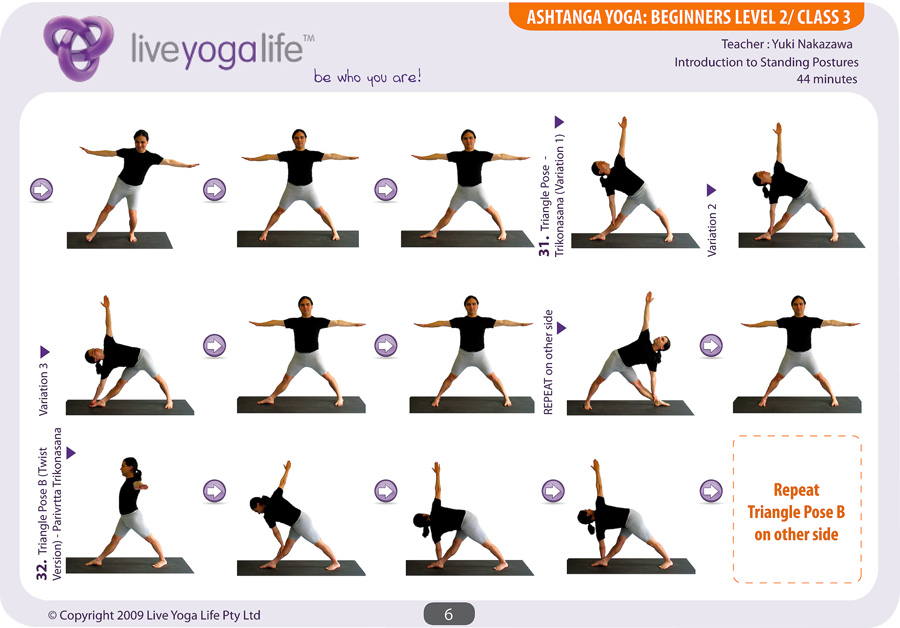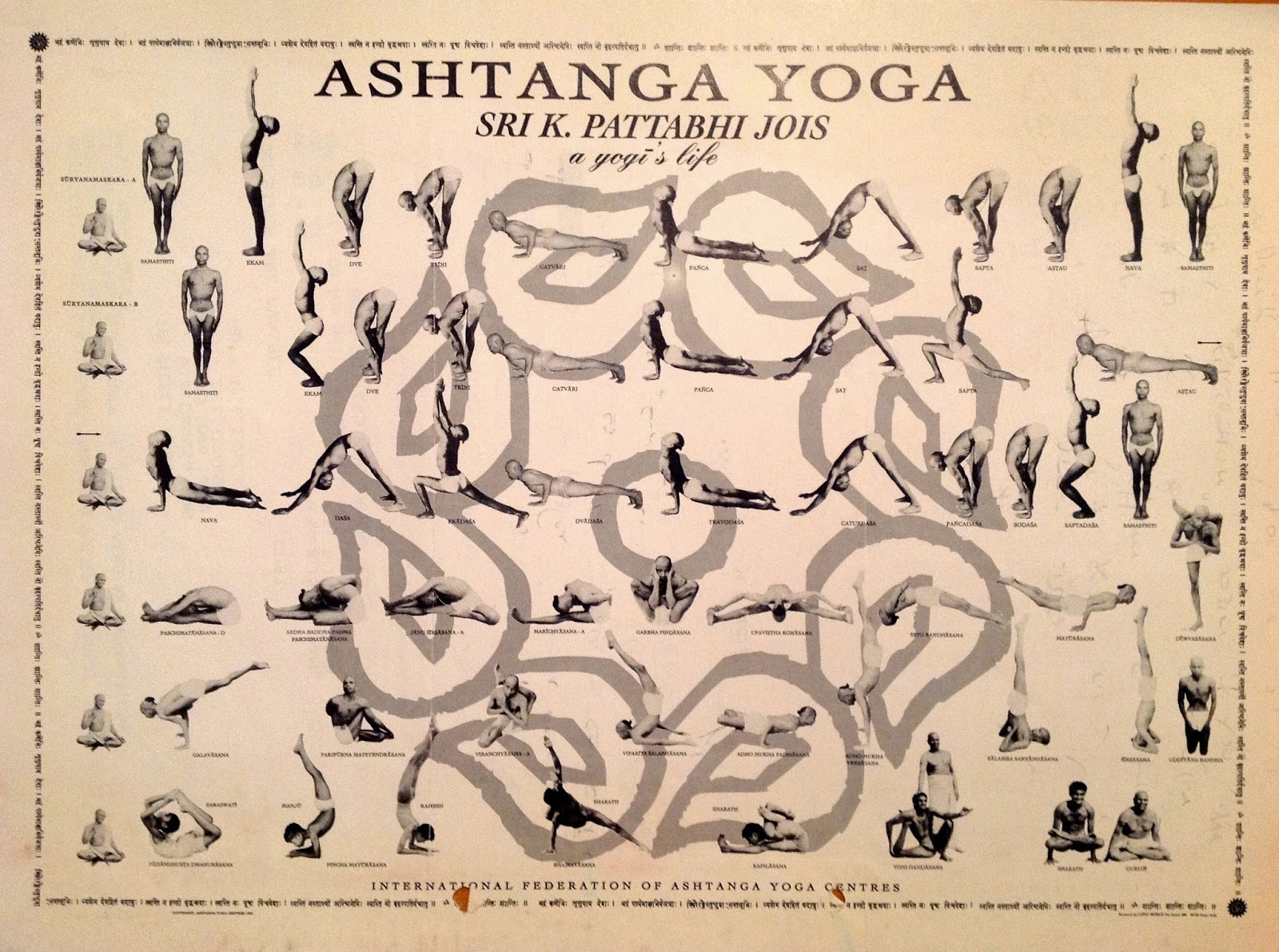Yoga quiets the body and draws you in so you listen to your inner self. You listen to yourself breath, and exhale all the negativity. Yoga is important because it works the body and mind together.
Moreover, it takes a short time, so even a busy bee can incorporate it in their busy lifestyles. Just purpose to wake up earlier and enjoy the benefits yoga will offer you. How you start your morning sets the pace for the rest of the day.
Ashtanga Vinyasa yoga is where you practice and memorize a sequence in the same room with other people. You don’t have a teacher that leads you but instead helps guide you and assists in posture.

You don’t want to get to work all grumpy and exuding negative energy. Everyone has a lot they are dealing with, therefore, don’t be known as someone who spreads negative energy to the detriment of others.
Practicing Ashtanga Vinyasa Yoga can help you change that.
What is Ashtanga Vinyasa Yoga?
It is a form of exercise that was established by K. Pattabhi Jois in 1948.
The teacher’s role is to provide adjustments and assist in posture. Ashtanga Vinyasa yoga has different styles, for instance, the Mysore Style, in which students master the fixed order of asanas with free movement and sound.
An asana is a body posture or sitting meditation pose which later extends into other positions like standing, twisting, inverted, etc. Students are given different yoga routines based on their ability.
When you use Vinyasa, there is continuity through the breath from one asana to the following one. Each asana builds up from the previous one hence a continuous sequence.
Fresh and beginner students start with a shorter practice and as they gain experience, strength, flexibility and stamina, they add more asanas.
Beginners
For beginners, you’ll start with the primary series so that you are not overwhelmed. If you want a more physically challenging yoga style than a beginner, primary series will work for you.
It is also ideal for people that like workout. However, you’ll need to be consistent to master the sequences and get faster results. Note that repetition is the basis for progression.
Breath, Bandhas and Surya Namaskar
The first class will concentrate on breath, bandhas and sun salutations. You will learn how to flow with your breath and slowly build up to standing.
This first class will teach you how to flow via Surya Namaskar A and B using a steady and counted rhythm. This exercise is good for building strength, energy and stamina. Also, it is a warm up for any yoga exercise.
Standing Poses
After mastering how to flow through Surya Namaskar A, it is followed by learning elements of alignment in the first four asanas and how each flows as it is practiced in the Ashtanga sequence.
When you master the first four asanas, then the last three in the sequence will also be introduced. It is an Informative and accessible class which enables you to build on what you learnt from the previous classes.

Standing Poses 2
In this class, we start from Prasarita Padottanasana also known as Wide Legged forward Bend while still flowing through Surya Namaskar A and B.
Then you’ll need to learn the remaining standing sequence like the Vinyasa Flow that begins from standing down to seated poses. You’ll end with the last three postures from the concluding sequence.
Seated Poses
Still rolling through Surya Namaskar A and B and the close of standing sequence, we move to primary series’ seated poses up to Navasana with half vinyasas.
You’ll use modifications and poses you’ll master how to safely do the poses and the vinyasas. You’ll again incorporate in the finishing sequence that includes Bridge pose.
Finishing Sequence (Preparing for Inversions)
Like before, we continue with flowing through Surya Namaskar A and B plus end of standing sequence to the finishing sequence of Ashtanga series that include shoulder stands and groundings for Headstand.
Full Flow
This is the last of the Ashtanga beginner course. It involves sun salutations, standing poses, primary series to Navasana and concluding sequence.
If you feel you are familiar with the sequence till the end of standing poses, then you are ready for this class. It will help you build strength, stamina, flexibility and quieten the mind as you focus on the rhythm of your breath and its flow.
Final Word
Ashtanga Vinyasa Yoga is ideal for people that love a physically-challenging style of yoga. Also, if you love to work out, then these classes will help you.
It doesn’t matter if you are a beginner or advanced, with practice and patience you will master the moves and improve the state of your mind and body.
Table of Contents

